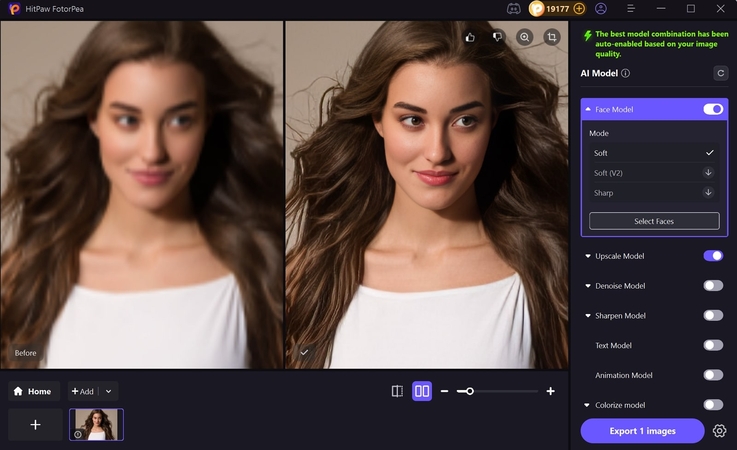How Extension Tubes Transform Your Photography Game
Once you've discovered macro photography is your cup of tea but balk at spending hundreds on new lenses, extension tubes emerge as the ultimate budget-friendly secret. These inexpensive yet powerful accessories unlock extreme close-up capabilities, letting you capture microscopic details with stunning clarity. Let's explore how extension tubes can revolutionize your photography forever.
1. What Is an Extension Tube in Photography?
An extension tube is a light-sealed hollow cylinder that mounts between your camera and lens. Unlike optical adapters, it contains no glass but maintains electronic contacts for autofocus/aperture control. By increasing the lens-to-sensor distance, it reduces minimum focus distance, enabling macro capabilities with standard lenses.
Basic Functionality and Design
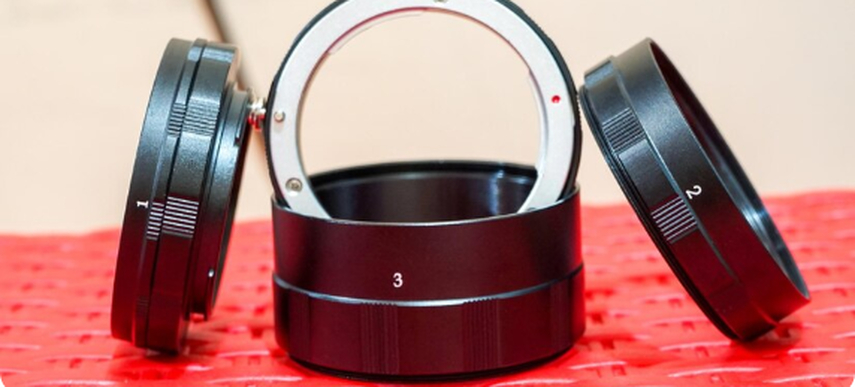
Extension tubes are made without optical components; they move the lens even farther away. This enhanced separation reduces the near focusing distance and makes it possible to magnify small things such as insects, flowers or textures.
The tubes can be stacked, and most tubes are sold as sets of various lengths. For those wondering what an extension tube is in photography, this is the core of their design - simplicity with powerful impact.
Extension Tubes vs Close-Up Filters
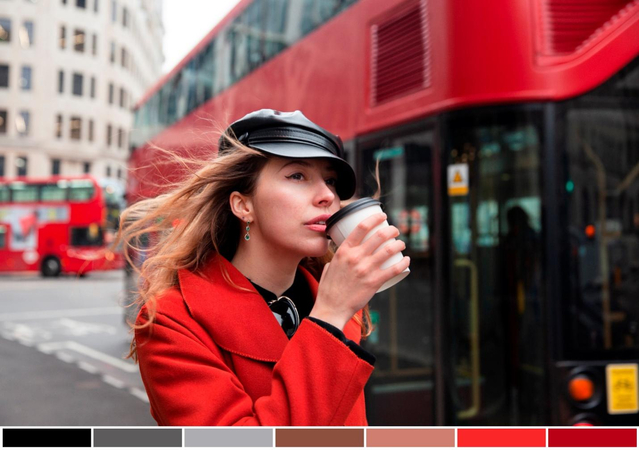
Unlike close-up filters (which contain magnifying glass elements that may degrade image quality), extension tubes have no optical components. While tubes preserve your original lens optics, it's important to note that excessive stacking may reduce edge sharpness. For best results, use minimal tube lengths needed for your magnification goals.
2. Why Extension Tubes Are a Game-Changer for Macro Photography
The extension tubes can open unreal possibilities to people who want to enjoy macro without spending a fortune.
Unlocking Close-Up Details Without Expensive Gear
One of the benefits of using extension tubes is the ability to achieve macro-style shots with your existing lenses. An everyday 50mm prime/ kit lens can be converted into a macro lens with only an extension tube. This removes the necessity of having a macro lens, especially if the photographer is a casual or new photographer.
Cost-Efficient and Lightweight Solution
The extension tubes are small and lightweight, unlike the heavy macro lenses. Many of the best extension tubes for beginners are affordable and provide a solid entry point into macro photography. They are lightweight, therefore suitable for on-the-fly shows, particularly in nature photography.
3. Enhance Your Macro Photography with HitPaw FotorPea
It is through editing that your macro shots come to life. Even with as clear and detailed an image as possible, a bit of a tweak can mean a lot.
Why Post-Processing Matters in Macro Photography
Macro photographs absorb the details of the picture: the smallest particles of dust, the threads of petals. Those characteristics can be emphasized with proper editing, correct exposure can be addressed, and high-ISO shooting noise can be removed.
The best tool set is genre-specific for the best results.
Use HitPaw FotorPea for Better Macro Results
HitPaw FotorPea is an ideal companion for macro photographers. It enhances the subtle features without making it noisy, corrects imbalances in color, and enhances the lighting barely noticeably.
As a photo enhancer for macro shots, it helps you elevate ordinary images into gallery-worthy masterpieces. Whether you're refining a flower's delicate textures or the shimmer on an insect wing, HitPaw Fotorpea ensures every detail shines through.
Step 1:After entering the tool, tap "Enhance Photo Now" to import the pixelated sibling photo to the editing interface.

Step 2:After importing your pixelated image, enable the "Face Model" along with other required models, and click the "Preview" button

Step 3:After the image is generated, click "Export 1 image" to render it to the designated folder of the device.

4. How to Use Camera Extension Like a Pro
Mastering how to use extension tubes doesn't require advanced expertise. One can take stunning macro with a few tricks, even as a novice.
Step-by-Step Guide for Beginners
- Choose your lens: Prime lenses like 50mm or 85mm work great.
- Attach the extension tube: Mount it between your camera and lens.
- Select tube length: Start with shorter lengths (e.g., 12mm) to get comfortable.
- Adjust focus manually: Autofocus often becomes unreliable; manual focus gives better control.
- Get close: Move your camera physically closer to the subject to find focus.
These extension tube photography tips will help you capture sharper images and maintain better control over composition.
5. Managing Depth of Field and Exposure
The nature of macro photography is shallow depth of field. A larger aperture (e.g. f/8 or f/11) confines the focus depth at the expense of light. It might require you to either add ISO or use slower shutter speeds; a tripod can assist you with this. The other fine-tuned tool of brightness is the exposure compensation.
Lighting Techniques for Extension Tube Shots
Lighting is crucial in macro. Try:
- Natural diffused light (overcast days' work well)
- LED ring lights for even illumination
- Reflectors to bounce light into shadows
A strong lighting setup ensures details pop in extension tubes for close-up photography, minimizing noise and enhancing texture.
6. Choosing the Right Extension Tubes for Your Camera
Extension tubes are not made equal. The right one will depend on your equipment and rifle for shooting objectives.
Compatibility with Camera Brands
Be it Canon, Nikon, Sony, or Fuji, make sure the tube is compatible with your type of mount. Even when automated focusing and electronic communication are possible on autofocus cameras, it can differ depending on the kind of extension tube; some types of extension tubes pass along lens electronic connections, or at least are compatible with them.
Other types do not. For starters, fully manual tubes are cheaper and fine for most uses - especially if you're looking for the macro extension tube for DSLR setups.
Tube Lengths and Stacking Options
They usually measure 12mm, 20mm and 36mm. They may be piled on each other to amplify, but excessive pile-up may ruin clarity or render focus out of the question. Use moderate stacking and never forget to try the focus range before.
7. Extension Tubes vs Macro Lenses - What's Better for You?
This is one question that any person pursuing macro photography would often raise.
Performance and Image Quality
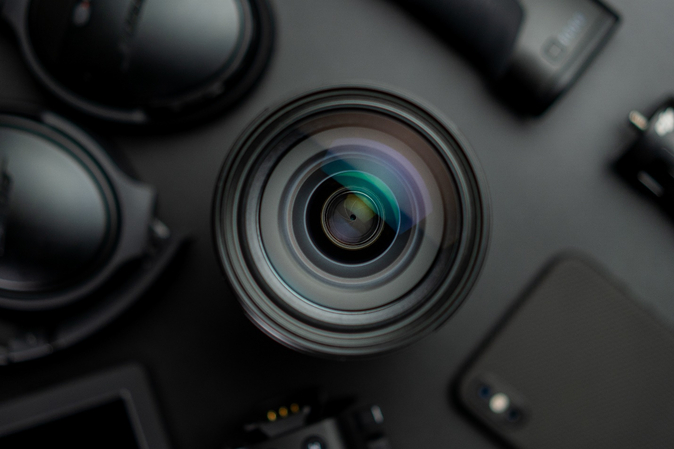
Macro lenses have optimized optics and a constant performance. However, extension tubes for macro photography can deliver very similar quality if used correctly. They keep the same optical properties as your lens, although they increase magnification.
Budget and Practicality Considerations
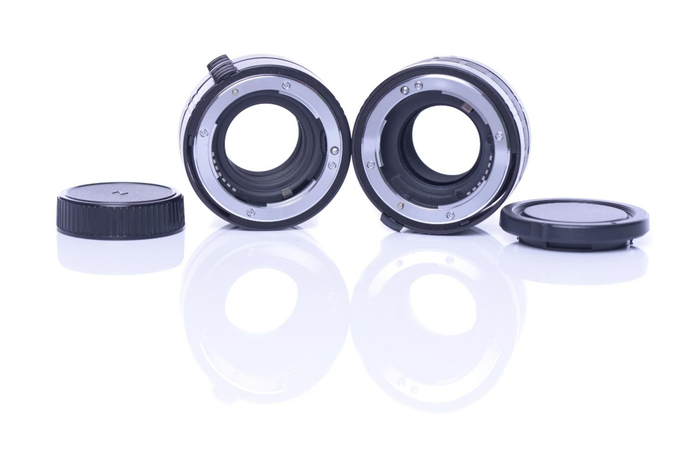
Tubes are better when you are tight on the budget or have a hobby. You do not have to invest in costly equipment in order to appreciate macro photography. When comparing extension tubes vs macro lens, tubes win for affordability and versatility.
8. Common Mistakes to Avoid When Using Camera Extension Tubes
These are the pitfalls to avoid to get the best out of your investment.
Failing to Stabilize Your Shots
Clumsy fingers and lengthy exposures have the ability to spoil Macro shots. Make use of the tripod, remote on the shutter release, or camera stabilization, where possible.
Overextending or Misusing Tube Length
The longer the tube, the better the results are, but this is not always observed. It may be hard to remain focused or distort image sharpness in the case of overextending. One beginner level to another.
Skipping Post-Processing
A great shot should be refined, too. The most refined elements of your photos are their color correction, noise reduction and sharpness. This step is to be avoided, least of all in macro.
Final Thoughts
One small accessory that can change the way you approach close-up photography radically is an extension tube. They are cheap, easy to use and very potent in the right hands. When paired with practical editing tools like HitPaw FotorPea, your macro photography can reach a new level of precision and beauty.
Whether you have never held a camera before or are already experienced at photography, your journey into macro begins with a tube and ends in thrilling detail.
Leave a Comment
Create your review for HitPaw articles










